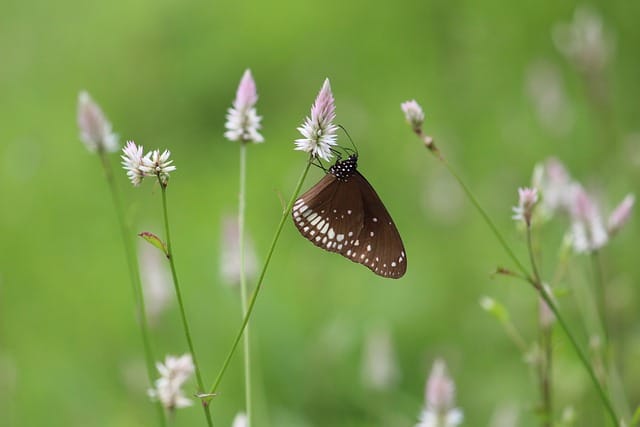Fighting gardening pests: Flea beetles
Flea beetles, scientifically known as Alticini, are a common garden pest that can cause significant damage to various plants

In this article:
- Introduction to Flea Beetles
- Identifying Flea Beetles in Your Garden
- Common Plants Attacked by Flea Beetles
- Signs and Symptoms of Flea Beetle Damage
- Life Cycle of Flea Beetles
- Natural Predators of Flea Beetles
- Cultural Practices to Prevent Flea Beetle Infestations
- Organic Pest Control Methods for Flea Beetles
- Chemical Control Options for Flea Beetles
- Integrated Pest Management (IPM) Techniques for Flea Beetles
- Protecting Your Garden from Flea Beetles
- Conclusion and Final Tips for Managing Flea Beetles
Introduction to Flea Beetles
Flea beetles, scientifically known as Alticini, are a common garden pest that can cause significant damage to various plants. These small, jumping beetles get their name from their ability to jump like fleas when disturbed. Understanding the behavior, life cycle, and control methods for flea beetles is essential for gardeners who want to protect their plants from these voracious pests.
Identifying Flea Beetles in Your Garden
Flea beetles are typically small, metallic-colored beetles that measure around 1/10 to 1/8 inches in length. They come in various colors, including black, bronze, blue, or green. Identifying flea beetles in your garden can help you take appropriate action to prevent infestations.
Common Plants Attacked by Flea Beetles
Flea beetles have a wide range of host plants, but they tend to prefer vegetables such as eggplants, potatoes, tomatoes, as well as cruciferous plants like cabbage, kale, and radishes. However, they can also damage ornamental plants like roses, dahlias, and asters.
Signs and Symptoms of Flea Beetle Damage
Flea beetle damage can manifest in several ways. Look out for tiny holes or pits in leaves, causing a shot-hole appearance. You may also notice leaves turning yellow and showing a lace-like pattern due to extensive feeding. In severe cases, the damage might stunt plant growth and cause wilting.
Life Cycle of Flea Beetles
To effectively combat flea beetles, it's important to understand their life cycle. From eggs to larvae to adulthood, flea beetles go through various stages that provide opportunities for control.
Natural Predators of Flea Beetles
Nature has provided us with several beneficial insects that prey on flea beetles. These natural predators can be encouraged in your garden to help control the population of flea beetles.
Cultural Practices to Prevent Flea Beetle Infestations
By implementing certain cultural practices, gardeners can actively prevent flea beetle infestations. These include techniques such as crop rotation, trap crops, and proper plant spacing.
Organic Pest Control Methods for Flea Beetles
For those preferring organic pest control, there are several options available to manage flea beetles. These methods utilize natural substances and techniques to deter and control these pests.
Chemical Control Options for Flea Beetles
If an infestation becomes severe or other control methods prove ineffective, judicious use of chemical control can be considered. This section explores chemical options available to combat flea beetles.
Integrated Pest Management (IPM) Techniques for Flea Beetles
Integrated Pest Management (IPM) is an approach that combines various pest control strategies to manage pests effectively while minimizing the impact on the environment. Discover how IPM techniques can be employed to control flea beetles in your garden.
Protecting Your Garden from Flea Beetles
Prevention is key when it comes to fighting pests. Learn about proactive measures you can take to protect your garden from flea beetles and minimize the risk of damage.
Conclusion and Final Tips for Managing Flea Beetles
In conclusion, flea beetles can pose a threat to your garden, but with proper knowledge and effective pest control methods, you can successfully manage and minimize their impact. Implement the tips and techniques outlined in this article to ensure a healthy and thriving garden.
